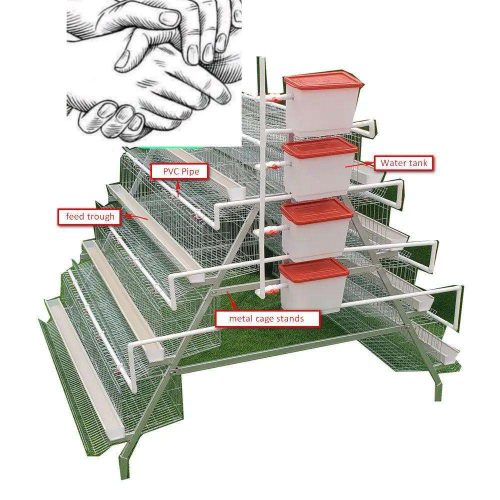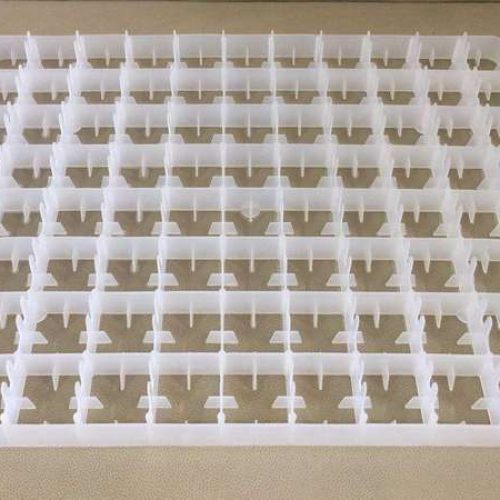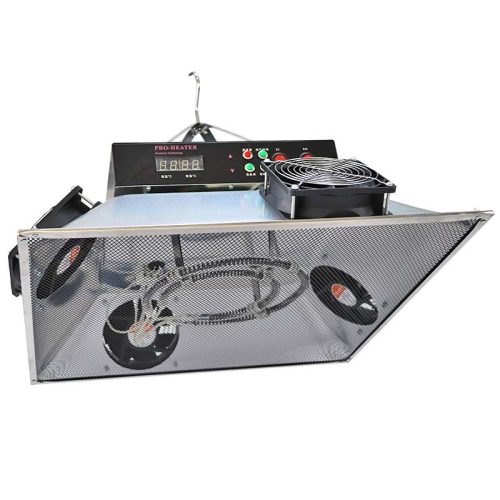3-Tier Imported Battery Cage (Hot Deep) | 120 Layers
3-Tier Imported Battery Cage (Hot Deep) | 120 Layers is made from anti-corrosive material with long durability.
Lifespan: 15 years
poultry cage, battery cage for layers, hot dip battery cage, layer chicken cage, galvanized chicken cage, 3-tier cage system, imported battery cage, 120 bird battery cage, poultry farming equipment, heavy-duty layer cage, rust-resistant layer cage, 15-year lifespan chicken cage
Description
A 3-tier imported battery cage for 120 layers is a specialized housing system designed to maximize space utilization and egg production efficiency in poultry farms. It consists of stacked tiers of cages, with each tier accommodating a certain number of laying hens.
Key Components of 3-Tier Imported Battery Cage (Hot Deep) | 120 Layers:
- Cage Structure:
- Each tier of the battery cage consists of multiple individual cages arranged in a row.
- Tiers:
- Each tier can accommodate a specific number of cages, enabling efficient use of vertical space within the poultry house.
- Feeding and Drinking Systems:
- The 3-tier battery cage system is equipped with feeding and drinking systems that provide birds with access to feed and water.
- Manure Removal System:
- A manure removal system is integrated into the battery cage to facilitate the removal of waste material from the cages.
- Egg Collection System:
- An egg collection system is installed beneath the cages to collect eggs laid by the hens.
Benefits:
- Space Efficiency:
- The tiered design of the battery cage maximizes the use of vertical space, allowing for higher stocking densities and increased production capacity.
- Labor Savings:
- The automated feeding, watering, and egg collection systems reduce the need for manual labor, saving time and labor costs.
- Improved Hygiene:
- The cage system helps keep the birds clean and separated from their waste, minimizing the risk of contamination and disease.
- Better Egg Quality:
- Eggs collected from battery cages tend to be cleaner and of higher quality compared to those collected from floor-based housing systems.
- Reduced Mortality:
- The controlled environment of the battery cage helps protect the birds from predators, diseases, and environmental stressors, reducing mortality rates.
Considerations:
- Animal Welfare:
- Some countries have implemented regulations or guidelines to address welfare concerns and promote alternative housing systems.
- Regulatory Compliance:
- Poultry farmers must ensure compliance with local regulations and industry standards governing the housing and management of laying hens.
- Investment Cost:
- The initial investment cost for purchasing and installing a battery cage system can be significant, requiring careful financial planning.
- Maintenance:
- Regular maintenance and cleaning of the battery cage system are essential to ensure optimal performance and bird health.
Safety and Maintenance Guidelines:
-
Assembly: Follow the installation manual carefully; tighten all bolts and supports during setup. Ensure the cage is level and stable.
-
Daily Cleaning: Remove manure and debris every day to maintain hygiene and prevent ammonia buildup. Use non-corrosive cleaning agents safe for poultry.
-
Regular Inspection: Check welds, screws, and wire mesh frequently for any wear or damage. Repair or replace parts immediately if rust or breaks appear.
-
Disinfection: Periodically disinfect the cage surfaces and equipment with poultry-safe disinfectants to control pathogens.
-
Worker Safety: Use protective gloves and follow safe handling practices when assembling or cleaning the cage.
Additional information
| Weight | 95 kg |
|---|













Reviews
There are no reviews yet